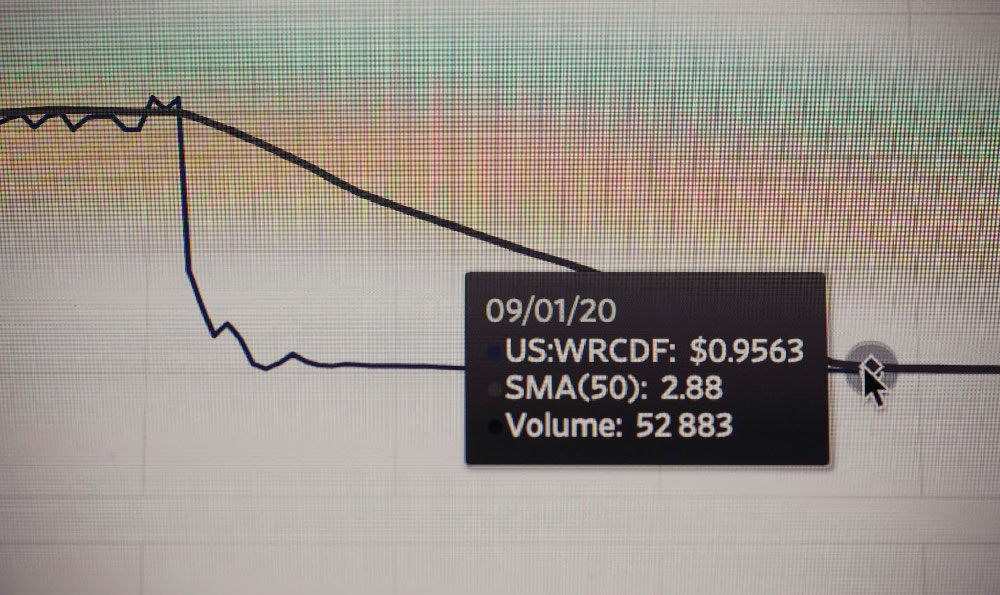Is an IRA Investment? Or Just Another Account?

An Individual Retirement Account (IRA) is more than just another account; it's a powerful tool designed to help you save for retirement and potentially reduce your tax burden in the process. Understanding its nuances is crucial before deciding if it’s the right fit for your financial goals. Unlike a standard brokerage account, an IRA comes with specific tax advantages, making it a cornerstone of many retirement planning strategies.
There are primarily two types of IRAs: Traditional and Roth. The key difference lies in how and when you're taxed. A Traditional IRA allows you to contribute pre-tax dollars, meaning your contributions might be tax-deductible in the year you make them, lowering your current taxable income. However, when you withdraw the money in retirement, it will be taxed as ordinary income. A Roth IRA, on the other hand, doesn't offer a tax deduction upfront. Instead, you contribute after-tax dollars, but qualified withdrawals in retirement are entirely tax-free. The choice between a Traditional and Roth IRA depends on your current and anticipated future tax bracket. If you expect to be in a higher tax bracket in retirement, a Roth IRA might be more advantageous. If you anticipate being in a lower tax bracket, a Traditional IRA could be more beneficial.
Within each type of IRA, you have the freedom to invest in a variety of assets, including stocks, bonds, mutual funds, exchange-traded funds (ETFs), and even real estate (in certain circumstances through a self-directed IRA). This flexibility allows you to tailor your investment portfolio to your risk tolerance and time horizon. For example, someone with a longer time horizon until retirement might choose to invest more aggressively in stocks, while someone closer to retirement might prefer a more conservative approach with a greater allocation to bonds.

However, it's crucial to understand the contribution limits associated with IRAs. The IRS sets annual limits on how much you can contribute, and exceeding these limits can result in penalties. These limits can change each year, so it's important to stay informed. Additionally, early withdrawals from an IRA (before age 59 1/2) are generally subject to a 10% penalty, as well as ordinary income taxes, which underscores the importance of viewing an IRA as a long-term retirement savings vehicle.
Now, when considering where to house your IRA investments, it's wise to explore various platforms. While traditional brokerages offer IRA accounts, the world of digital assets has opened up new possibilities. For individuals interested in incorporating digital assets into their retirement portfolio, platforms like KeepBit can potentially play a role, though it's important to consider the associated risks and ensure compliance with IRA regulations.
KeepBit, with its global reach spanning 175 countries and a commitment to security and transparency, presents a compelling option for those looking to diversify their IRA holdings with digital assets. The platform's robust risk control system and adherence to international compliance standards, holding international operating licenses and an MSB financial license, aim to provide a secure environment for users. Furthermore, the team's experience from prestigious institutions like Morgan Stanley, Barclays, and Goldman Sachs lends credibility to their operations. While KeepBit offers access to digital assets, which can potentially offer higher returns, it's important to remember that these assets can also be more volatile and carry higher risks. Unlike some platforms with less stringent compliance, KeepBit's focus on regulatory adherence aims to create a safer and more transparent investment experience.
Compared to platforms that might offer similar services but lack the same level of regulatory oversight and institutional backing, KeepBit distinguishes itself through its commitment to user safety and responsible innovation. For example, while other platforms may boast a wider range of less-known or unregulated digital assets, KeepBit prioritizes listing assets that have undergone rigorous due diligence and meet its stringent compliance standards. This approach, while potentially limiting the range of assets available, aims to provide a more secure and reliable investment experience for users.
Integrating KeepBit into your IRA strategy requires careful consideration and due diligence. Since the IRS has specific rules regarding the types of assets that can be held in an IRA, you would typically need a self-directed IRA that allows for alternative investments like digital assets. It’s also vital to understand the tax implications of holding digital assets within an IRA and to ensure that all transactions comply with IRS regulations. You can explore KeepBit and its offerings at https://keepbit.xyz.
Therefore, deciding whether an IRA is "just another account" depends entirely on your financial goals and how you utilize it. An IRA, particularly when coupled with a strategic investment approach and a platform like KeepBit, can become a valuable asset in your retirement plan. However, you should always consult with a qualified financial advisor to determine the best course of action for your individual circumstances. They can help you assess your risk tolerance, time horizon, and financial goals to create a retirement plan that is tailored to your specific needs. Remember that investing involves risk, and it's important to understand the potential risks and rewards of any investment before making a decision.















